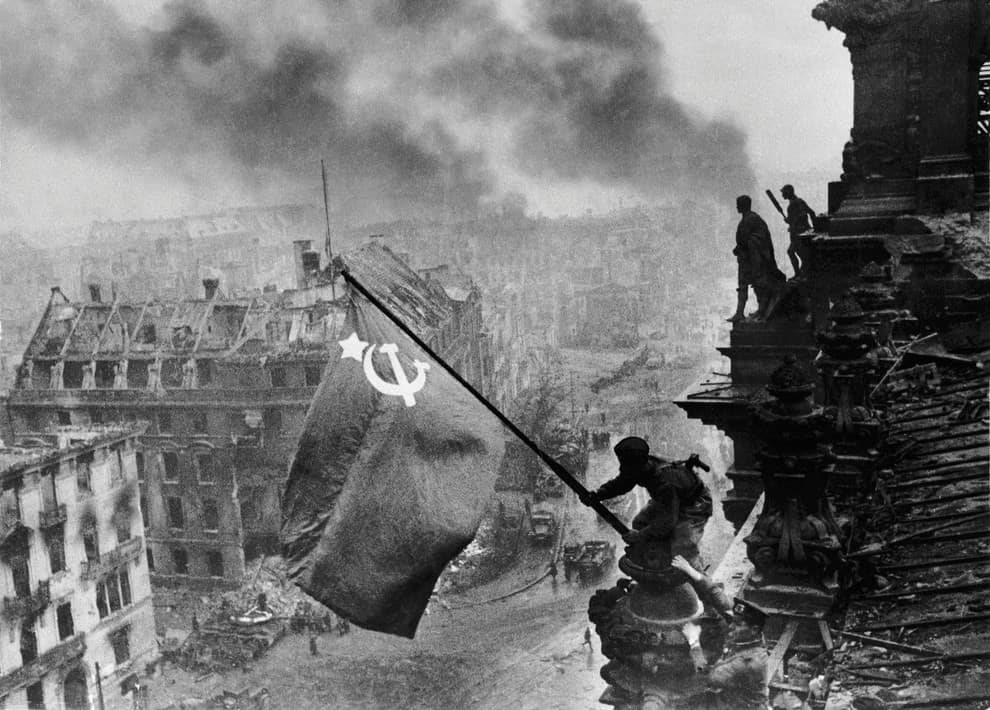
Berlin has been at the centre of multiple world wars, has been invaded several times, and has played host to more coups and abrupt changes in government than just about any other modern city in the world. It’s a legacy not only of war, but of national upheaval. Today, Berlin’s historic sights and destinations make for one of the most gripping stories a traveller could hope to find.
The most obvious piece of world war history is the Berlin Wall, which cuts an imposing slash through the city, looking every bit like its original name: the Anti-Fascist Protection Rampart. The Berlin Wall is probably the most striking physical symbol of the decades of turmoil that followed the ending of the Second World War, and it signifies for many Berliners the importance of remembering the past. Tours of the wall are numerous, and mostly worthwhile for the historical commentary by tour guides. If a book guide is good enough for you, feel free to walk the wall alone, and take in the many gorgeous murals that have come to dominate much of its surface. For the real Berlin Wall experience, make sure to walk its full length on each side, and contemplate how meaningful such a small physical barrier really was.
Tours of the Third Reich are numerous, most including stops at Hitler’s fuehrerbunker, the underground complex where his government made its last stand, and where he and many of his lieutenants killed themselves. Although the complex is closed today, tours feature the entrance, which is a historic site, and show visitors around the area. Tours also stop in nearby squares where the bodies of Hitler, his family, and his top aides were burned.
Bombing tours show the devastating effect of RAF bombers and Russian artillery in the weeks leading up to the war’s end. Political stops, both contemporary and defunct, are also a major focus. Stops at the Reichstag show the lingering effects of the 1933 fire that provided the excuse for the Third Reich to seize the last scraps of power in Germany, and to suspend the rule of the 1919 Weimar Constitution that had protected German citizens.
Walk the streets of historic Berlin and visit establishments where Nazi storm troopers found and killed almost 100 personal and political rivals, mostly in Munich and Berlin. This Night of the Long Knives remains one of the most infamous events in modern political history.
And then, of course, there are the museums. Berlin’s collected artefacts and memorabilia bring the Great War alive, and with varied attractions like the German Resistance Memorial Centre, the Jewish Museum of Berlin, and the Berlin Flak Tower, you’re sure to see the war from every possible perspective.


